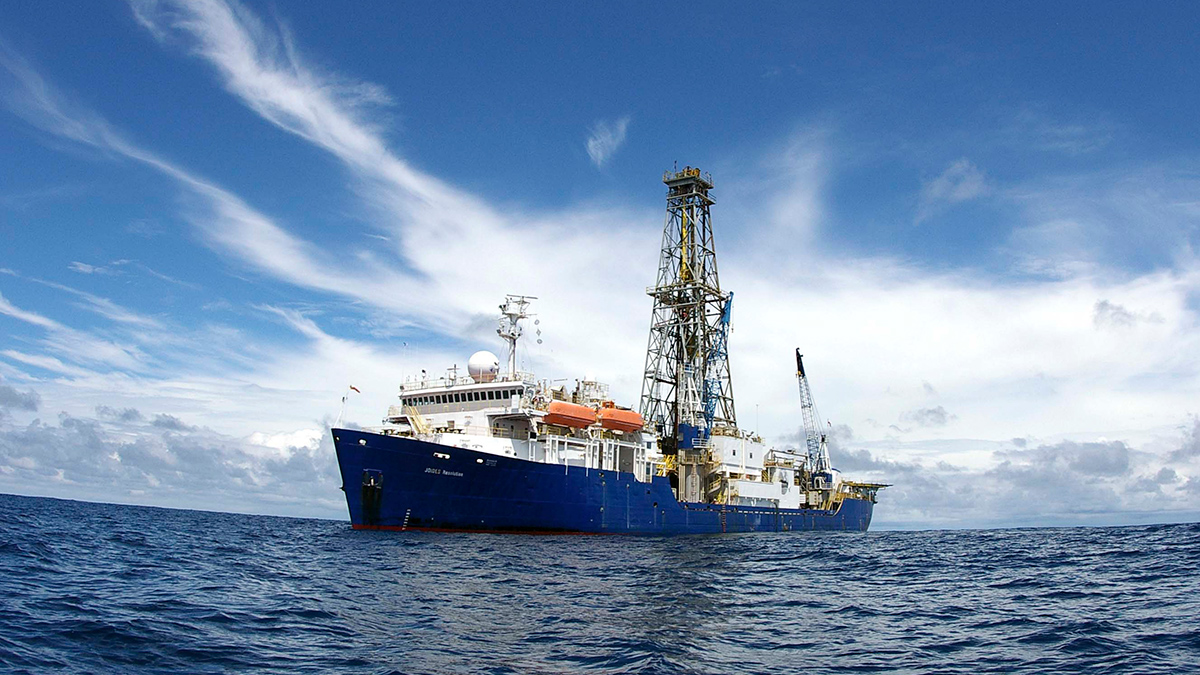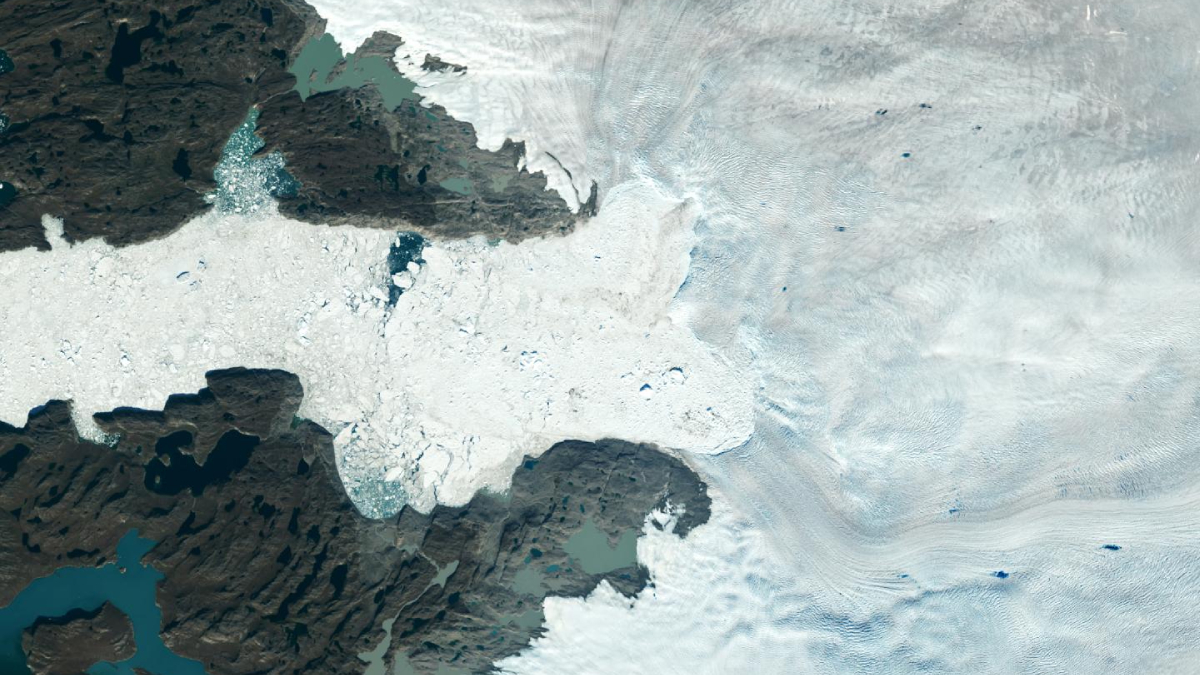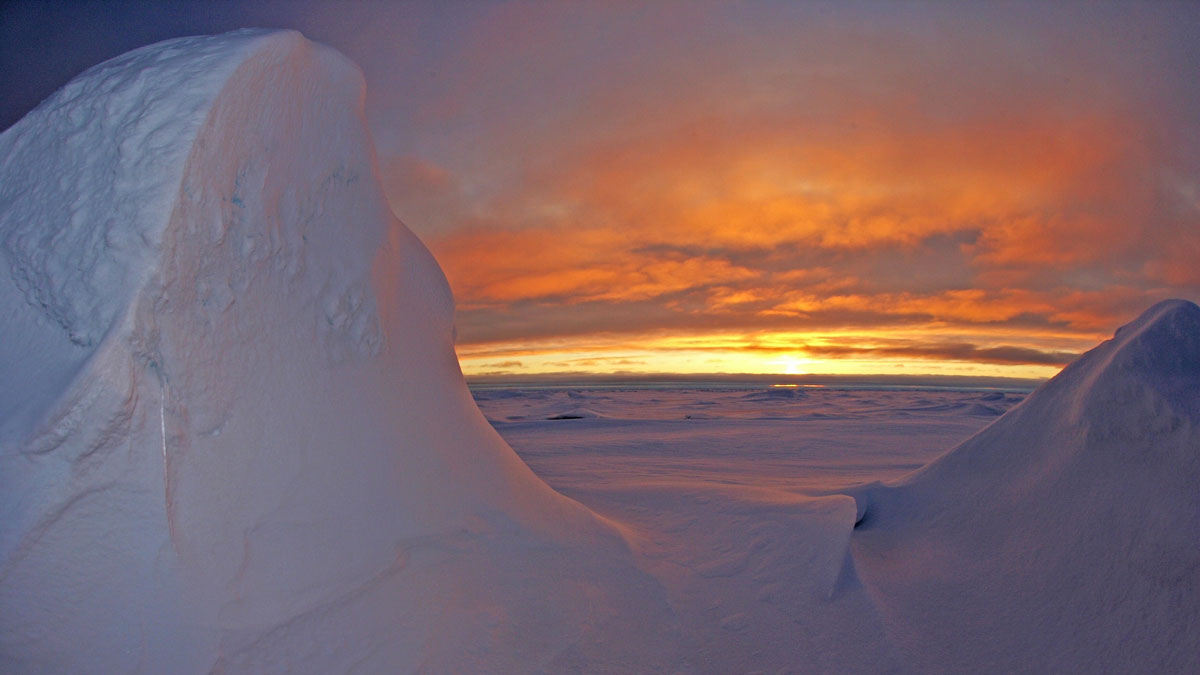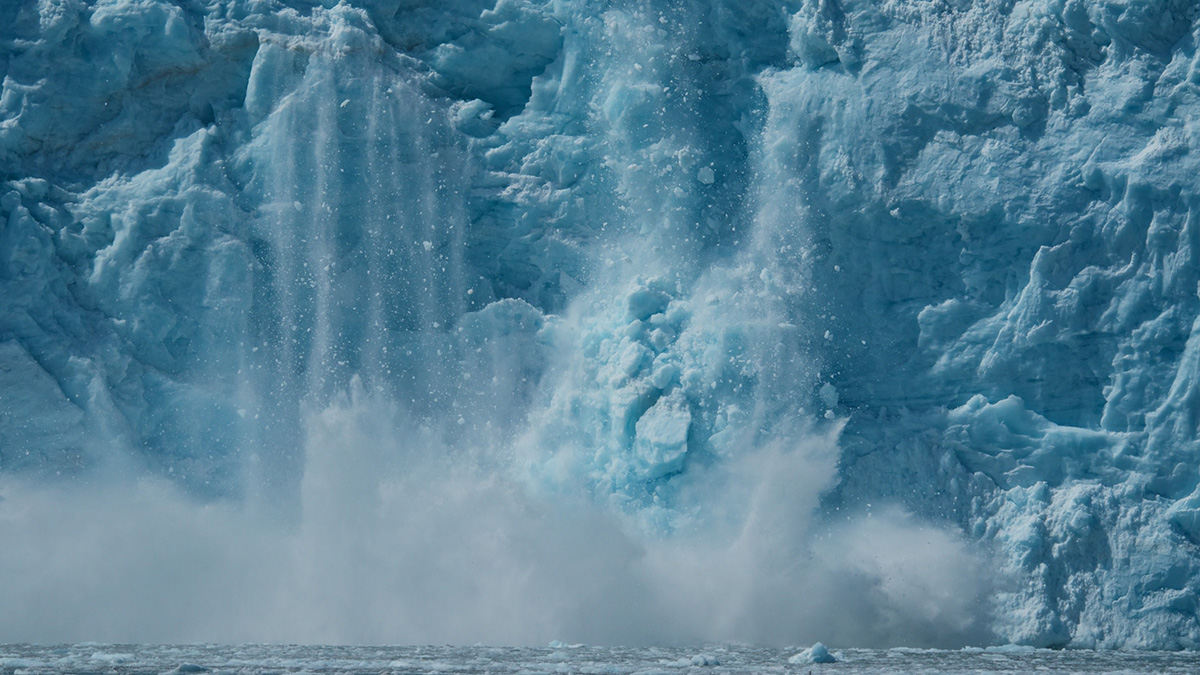New research reviews how our atmosphere’s most abundant element cycles through the Arctic Ocean—and how climate change could affect the process.
Arctic Ocean
Radioactive Isotopes Trace Hidden Arctic Currents
Tracing anthropogenic radionuclides shows researchers how water from the Atlantic flows into and mingles with Arctic currents.
The JOIDES Resolution Embarks on Its Final Expedition
On the ship’s last cruise, scientists will collect data to help predict future effects of climate change.
How Did We Miss 20% of Greenland’s Ice Loss?
The ice loss was hidden in places existing monitoring methods can’t reach, such as hard-to-map fjords. Machine learning helped scientist revise mass loss estimates and uncover patterns in glacial retreat.
Glaciers Rise and Fall—and Melt—with Tides
The effect of ocean water creeping beneath Greenland ice is stronger than scientists realized.
Protecting the Ozone Layer Is Delaying Arctic Melting
The Montreal Protocol has unintentionally slowed global warming and pushed back the first ice-free Arctic summer by 15 years, according to new research.
The Bering Land Bridge Formed Much Later Than Previously Thought
New research reconstructs the Bering Strait’s flooding history, raising surprising questions about human migration and how ice sheets form.
Underwater Sounds Help Reveal Extent of Glacial Calving
If a glacier calves into the Arctic Ocean, does it make a sound? Some scientists say yes and have devised a clever way to use those sounds to calculate the size of the fallen ice chunks.
Melting Sea Ice May Mean the End of Driftwood in Iceland
Driftwood floats thousands of kilometers from Siberia to Iceland, but it may drift no longer by 2060 due to climate change.
Satellites Remotely Measure Ocean Waves and Sea Ice Interactions
A new method for using satellite observations from multiple sensors improves measurements of ocean waves as they propagate through and interact with sea ice.










